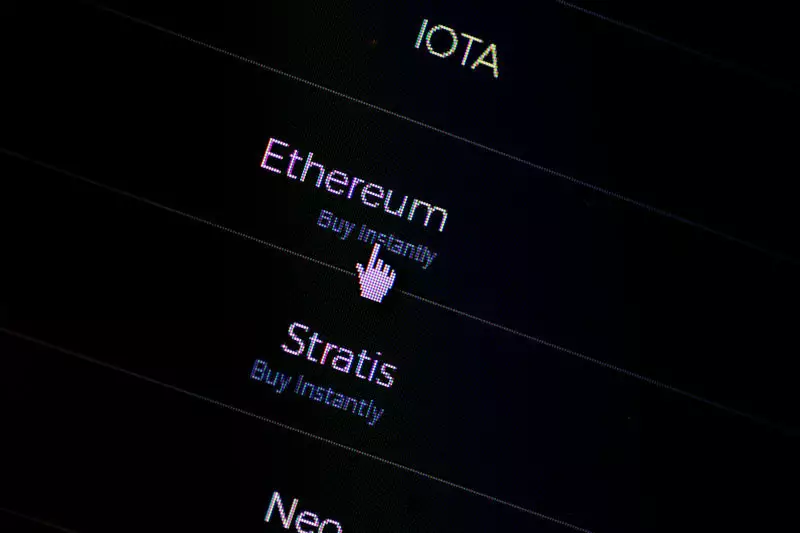The relationship between cryptocurrencies like Bitcoin (BTC) and Ethereum (ETH) and traditional financial markets has reached a seminal point in 2023. This year has marked an unprecedented convergence, largely catalyzed by the introduction of cryptocurrency exchange-traded funds (ETFs) and the increasing involvement of institutional giants such as BlackRock, VanEck, and Fidelity. These entities bring a new level of legitimacy and mainstream recognition to the crypto space, but there are significant trade-offs involved with this growing integration.
While the entry of established finance firms has propelled the adoption of cryptocurrencies to new heights, it has simultaneously chipped away at their earlier autonomy and distinctive ethos. In the past, crypto markets thrived on their independence from traditional financial metrics and the sentiments that govern stock markets. However, recent trends indicate that many cryptocurrencies are mirroring the fluctuations of major stock indices, particularly in the U.S. This alignment could suggest that investors are increasingly viewing cryptocurrencies as alternative assets rather than the decentralized instruments for financial freedom they were once considered to be.
Another point to note is the impact that the opening of U.S. markets has on crypto price movements. As traditional markets prepare for opening, it has become increasingly common to observe substantial shifts within cryptocurrency prices. This phenomenon hints at a synchronized response between the two domains, where large movements in BTC and ETH often coincide with the broader stock market environment.
Recent events in the market have exemplified this trend, particularly with notable transactions capturing the attention of investors. For instance, the transfer of 1,762 BTC—valued at around $180 million—alongside 20,467 ETH—amounting to roughly $75.46 million—from unidentified wallets to centralized exchanges has sparked considerable speculation within the community. Such transactions are widely perceived as precursors of significant sell-offs by major players, fostering a climate of uncertainty and excitement.
Yet, despite these potentially destabilizing events, the resilience of cryptocurrencies is notable. Bitcoin’s price, instead of succumbing to negative sentiment, has recorded an impressive rise of over 2.1%. This positive movement reflects a potential bullish outlook among traders, even when under the shadow of significant market transactions. Similar trends are evident with Ethereum, further emphasizing an ongoing bullish sentiment as trading continues.
As cryptocurrencies navigate through this integrated landscape, the question persists: What does the future hold? The balance between embracing institutional support while maintaining the decentralized principles that initially drew many to cryptocurrencies is a delicate one. Investors may have to grapple with the implications of this symbiosis. Will cryptocurrencies retain their edge as revolutionary financial tools, or will they become mere reflections of traditional market dynamics?
As we delve further into 2023, the fusion of cryptocurrency markets with traditional finance presents both challenges and opportunities. The evolution of this relationship will invariably shape the future of investment and financial independence, and stakeholders must remain vigilant in understanding the broader implications of these market movements.


Leave a Reply